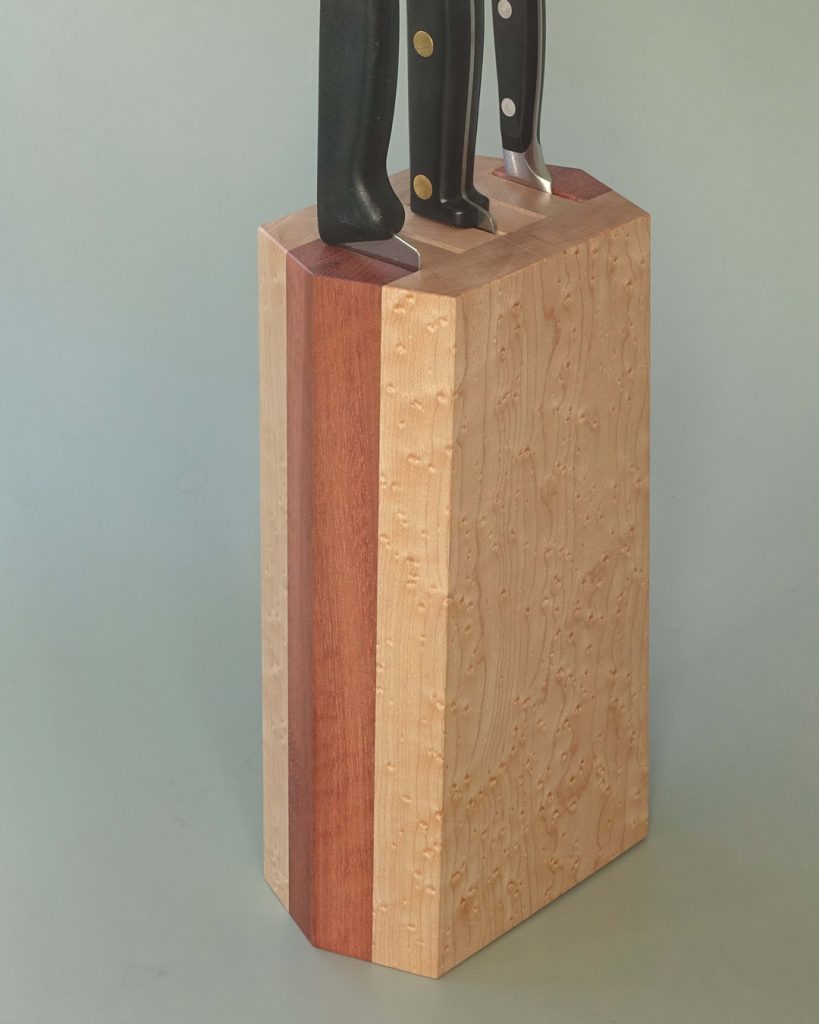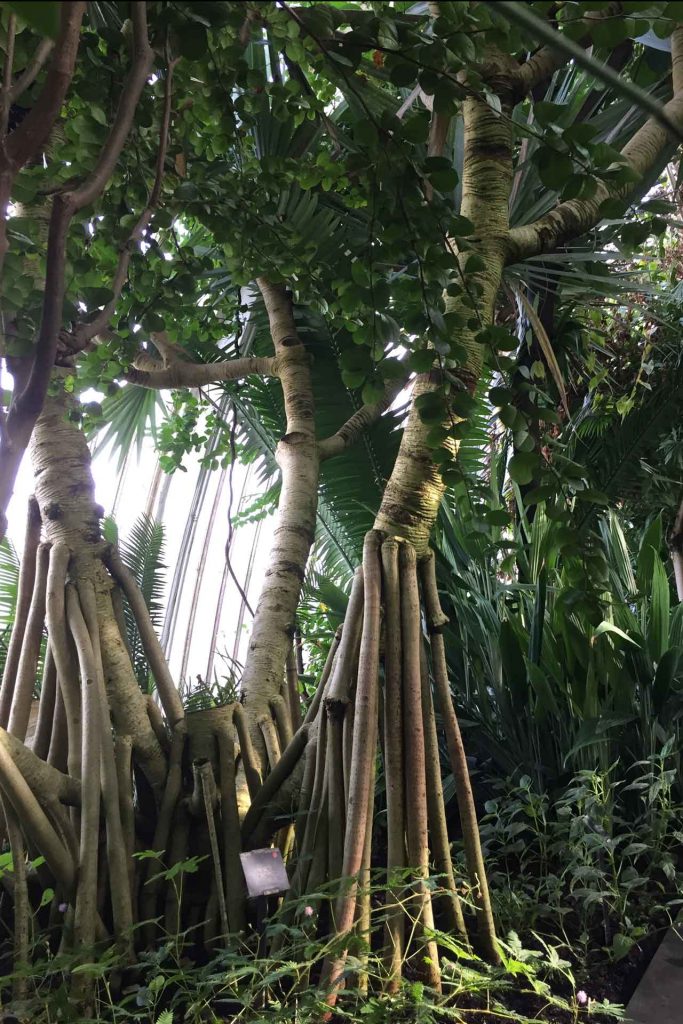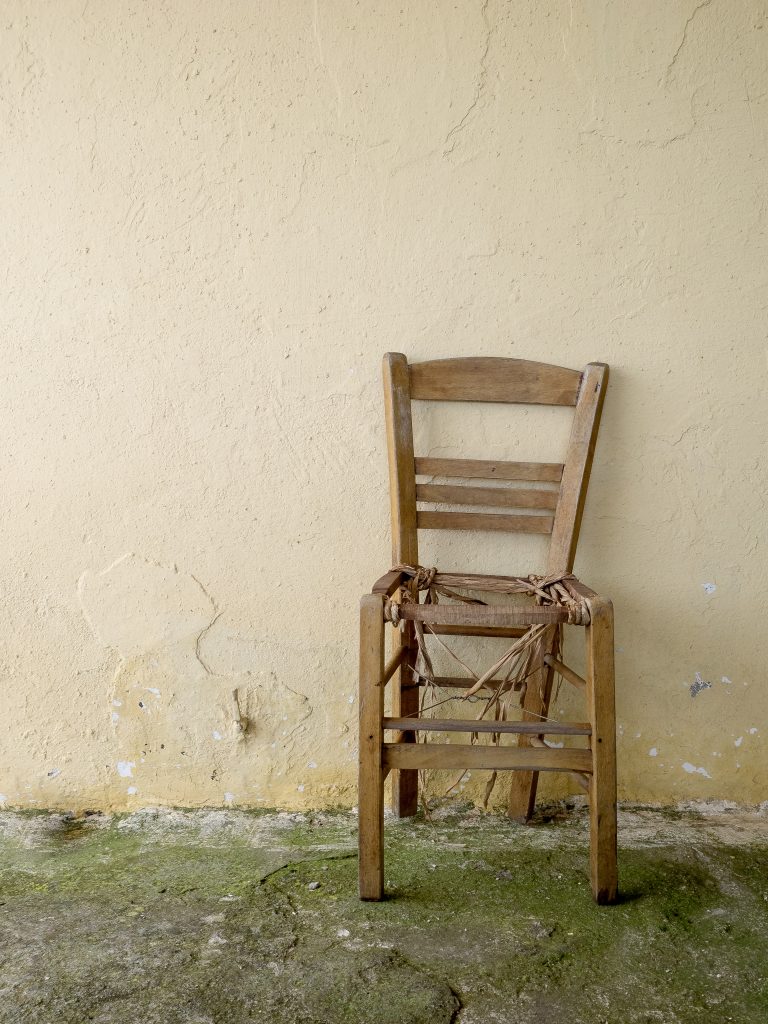Recycled timber
There is no doubt that from an environmental perspective, the best possible type of wood to use will be recycled. Unfortunately, the only sort of timber that is easily available in recycled form is poor quality softwood, which is totally unsuitable for use in fine furniture.
I have occasionally purchased old Oak wardrobes and extracted the wood from them, but by the time I had spent a day or two converting them into a few small pieces, it was some of the most expensive wood I had ever used. I did once make a few mirror frames from what appeared to be an old railway sleeper. It was a beautiful wood, possibly Bubinga, but that sort of opportunity does not come along very often.
I do have some very nice mahogany shelves I was given by someone who rescued them from a shop in Southport which was being modernised. I will also be inheriting the wood from a mahogany porch I built for my mum when I was a teenager, now that it has been replaced by a UPVC one (no I don’t understand either).
I will use the mahogany for something, but I may not be able to sell what I make. This is partly because mahogany is very unfashionable at the moment, but also because I have no way of proving I did not purchase it directly from the illegal loggers who are currently forcing more and more indigenous tribes from their Amazonian homelands . I’m not exactly sure how I would go about purchasing from them, were I to suffer a moral breakdown, but it does pose a problem when using recycled tropical timber.
Tropical vs Temperate woods
There is no doubt that some of the World’s most attractive woods come from tropical rainforests. Historically, these have been considered as a resource to be used to the point of destruction. Trees which were once relatively plentiful such as Indian Rosewood or Macassar Ebony are now on the endangered list.
These days, there is a lot more protection in the West for these trees. If I were to buy tropical timbers in any form, I will have to know that they were imported as FSC certified, even if I am not allowed to pass on that certification.
Another issue with tropical hardwood is that it will often be transported before drying, whereas American and European wood will always be dried locally. This means the carbon footprint can be much higher since wood weighs far more before most of the moisture has been removed.
The main threat is from the “slash and burn” treatment to create short-term grazing land. If there are some tropical timbers that can be authenticated as being sustainably grown, then it seems better for the planet if we use them. We will certainly pay more for rosewood veneer than we will for a burger.
Solid vs Veneer and
Sheet Materials
Most people I speak to seem to “feel” that solid timber is a more eco friendly material than sheet materials such as ply and MDF. They may be correct, but given that the main constituent of MDF would otherwise be considered waste material, surely it is better to use every last scrap of a tree? Plywood is effectively mostly solid wood, but in the form of thin pieces glued together. The other main constituent in sheet materials is of course the glue, which is a form of plastic and so that must count against it somewhat, but I still need to get a better understanding of whether that is automatically a bad thing.
I would imagine that since almost all good quality plywood is made from Birch, it may be that the plywood industry is not great for bio-diversity. On the other hand, Birch is just about the best wood for carbon-capture, because it is faster growing than other hardwoods and, being more dense than fast-growing softwoods, contains more carbon than they do.
I would have to consider the use of veneers along with sheet materials because I would hardly ever use one without the other. My assumption is that the veneer industry must be good for bio-diversity as they pay the highest prices for the widest range of timbers. That should provide some encouragement for the most diverse forests, which also support the most wild-life, to be maintained for future generations.
As I said, it is very complicated, but for the moment I am working on the understanding that it is fine to use a mixture of solid timber and sheet materials enhanced by the more attractive veneers. There are timbers I definitely shouldn’t use, but I couldn’t buy them if I wanted to.
Eco Issues; Conclusion
While it is a very complicated subject, where everything comes in shades of grey, there does seem to be one question where there really is a clear answer;
It is fair to say this chair was well used in its life (and could probably be repaired). Photo by William Warby.
The former will capture the carbon for a lot longer, will use a lot less overall energy, and usually use less plastic, so from an environmental standpoint the answer seems clear.
As I do further research or I am made aware of new information, I will aim to provide updates.



